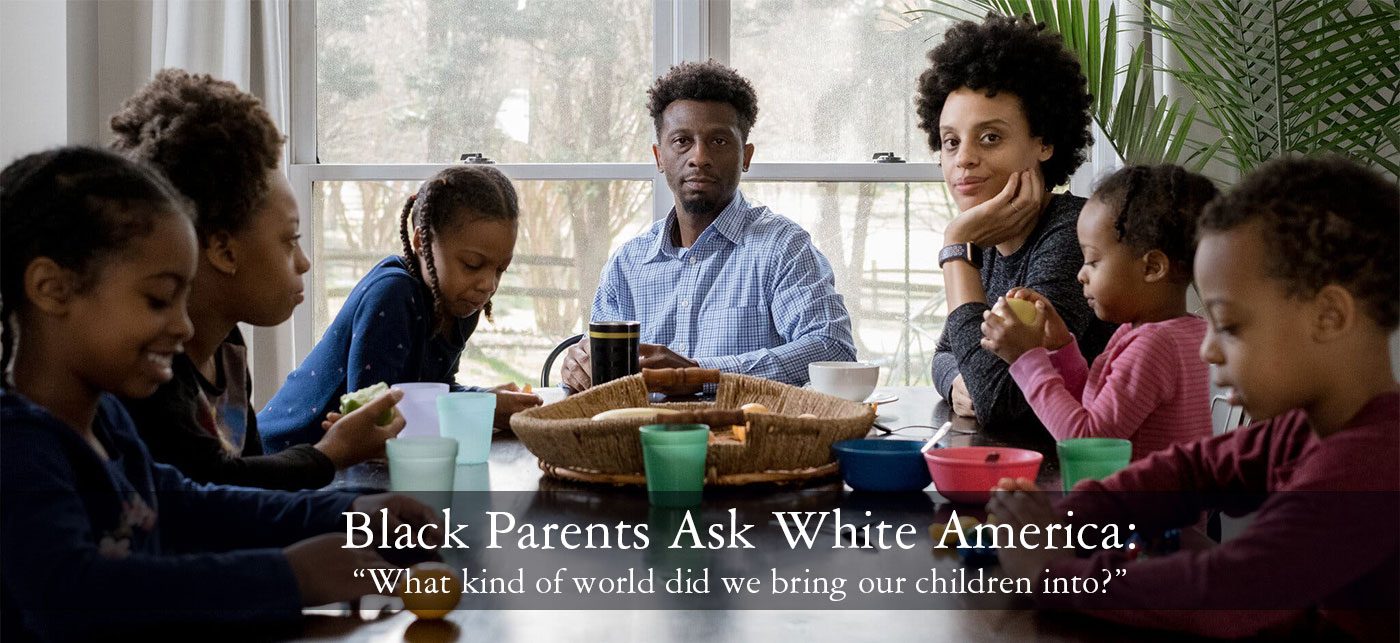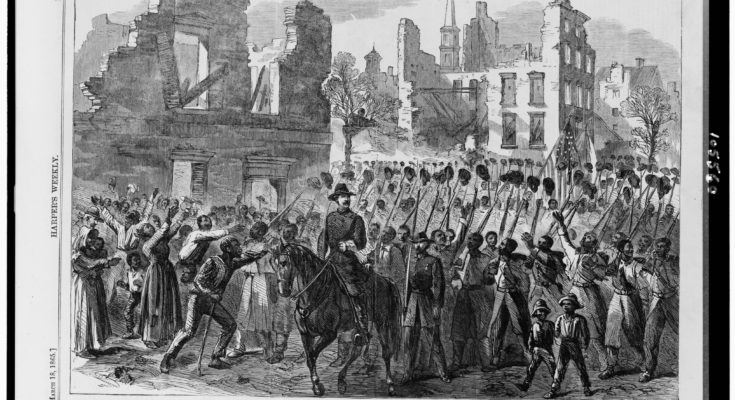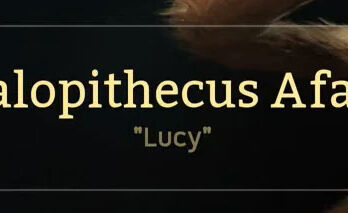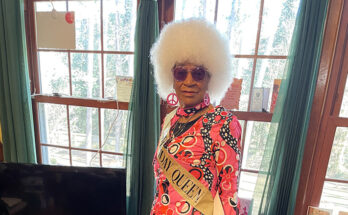American his-story has a way of leaving out African-American or creating a false version. Take for example, Memorial Day. Below is the reprinted article written by Sewell Chan for the New York Times.
The 55th Massachusetts Colored Regiment singing in the streets of Charleston S.C. on Feb. 21, 1865. Union soldiers who advanced into Charleston, most of whom were members of the 21st United States Colored Infantry, were welcomed by former slaves celebrating their freedom. […]
By Sewell Chan for the New York Times
The official history of Memorial Day goes like this: In 1868, three years after the Civil War ended, a group of Union veterans established a Decoration Day for the nation to adorn the graves of the war dead with flowers. A retired Union major general, John A. Logan, set the date of the holiday for May 30, and the holiday’s first observance was at Arlington National Cemetery.
David W. Blight, a historian at Yale, has a different account. He traces the holiday to a series of commemorations that freed black Americans held in the spring of 1865, after Union soldiers, including members of the 21st United States Colored Infantry, liberated the port city of Charleston, S.C.
Digging through an archive at Harvard, Dr. Blight found that the largest of these commemorations took place on May 1, 1865, at an old racecourse and jockey club where hundreds of captive Union prisoners had died of disease and been buried in a mass grave. The black residents exhumed the bodies and gave them proper burials, erected a fence around the cemetery, and built an archway over it with the words, “Martyrs of the Race Course.”
Some 10,000 black people then staged a procession of mourning, led by thousands of schoolchildren carrying roses and singing the Union anthem “John Brown’s Body.” Hundreds of black women followed with baskets of flowers, wreaths and crosses. Black men, including Union infantrymen, also marched. A children’s choir sang spirituals and patriotic songs, including “The Star-Spangled Banner.”
“The war was over, and Memorial Day had been founded by African-Americans in a ritual of remembrance and consecration,” Dr. Blight wrote in a 2011 essay for The New York Times. “The war, they had boldly announced, had been about the triumph of their emancipation over a slaveholders’ republic. They were themselves the true patriots.”
The African-American origins of the holiday were later suppressed, Dr. Blight found, by white Southerners who reclaimed power after the end of Reconstruction and interpreted Memorial Day as a holiday of reconciliation, marking sacrifices — by white Americans — on both sides. Black Americans were largely marginalized in this narrative.
“In the struggle over memory and meaning in any society, some stories just get lost while others attain mainstream recognition,” Dr. Blight wrote.
His claim is not universally accepted; the fact-checking website Snopes says of the 1865 remembrance: “Whether it was truly the first such ceremony, and what influence (if any) it might have had on later observances, are still matters of contention.”
What is clear is that the holiday is about freedom. Speaking at Arlington National Cemetery on Memorial Day in 1871, Frederick Douglass laid to rest what today we would call a false equivalency — the notion that both sides were engaged in righteous struggle.
“We must never forget that victory to the rebellion meant death to the republic,” Douglass said. “We must never forget that the loyal soldiers who rest beneath this sod flung themselves between the nation and the nation’s destroyers.”





